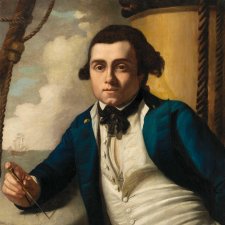
William Bligh
The life of William Bligh offers up a handful of the most remarkable episodes in the history of Britain’s eighteenth and early nineteenth-century maritime empire.
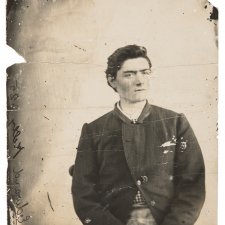
The outlaws coolly disported themselves
Ned Kelly & co at Euroa, 9 and 10 December 1878'Each man arrayed himself in a new rig from head to foot, and even such luxuries as soaps and perfumery were not despised'

Humdinger
At a meeting by teleconference of the National Portrait Gallery Foundation last week, I found myself reporting that our forthcoming exhibition So Fine is going to be “a humdinger,” whereupon Tim Fairfax chuckled and said that he hadn’t heard that expression for years.
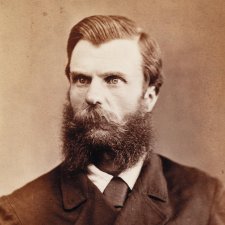
Diseased curiosity
Captain Moonlite et al on trial for murderJust after 10.00 o'clock on 3 December 1879, four prisoners were brought from their cells at Darlinghurst Gaol and placed in the dock of a courtroom heaving with agitated spectators
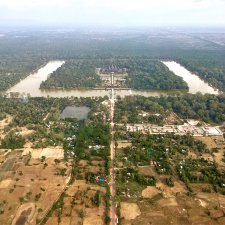
Angkor Wat
Nothing quite prepares the first-time visitor to Cambodia for the scale and grandeur of the monuments of the ancient Khmer civilisation of Angkor.

Desert Island Discs
I agonized over the choice of four songs to take with me to the ABC Studios for Alex Sloan’s Canberra 666 afternoon program, a sort of iteration of the old BBC Desert Island Discs.
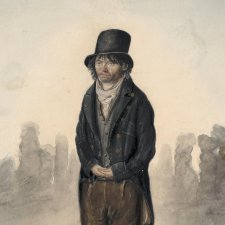
Dempsey's people
Those of you who are active in social media circles may be aware that through the past week I have unleashed a blitz on Facebook and Instagram in connection with our new winter exhibition Dempsey’s People: A Folio of British Street Portraits, 1824−1844.

Anangu landscape learning
Angus' initial perception of Uluru shifts, as he comes to see it as central to the entire order of Anangu life.
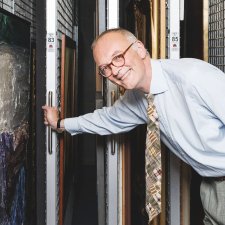
Christmas Island
This is my last Trumbology before, in a little more than a week from now, I pass to my successor Karen Quinlan the precious baton of the Directorship of the National Portrait Gallery.
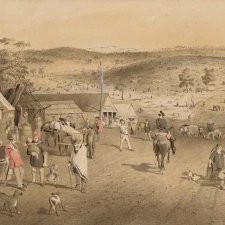
The Rothschilds, the Montefiores, and the Victorian Gold Rush
Some years ago my colleague Andrea Wolk Rager and I spent several days in the darkened basement of a Rothschild Bank, inspecting every one of the nearly 700 autochromes created immediately before World War I by the youthful Lionel de Rothschild.
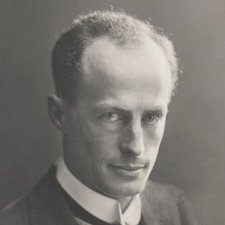
Staying home
True south #2Joanna Gilmour brings a mindful Douglas Mawson’s perspective to bear on the concept of isolation.




